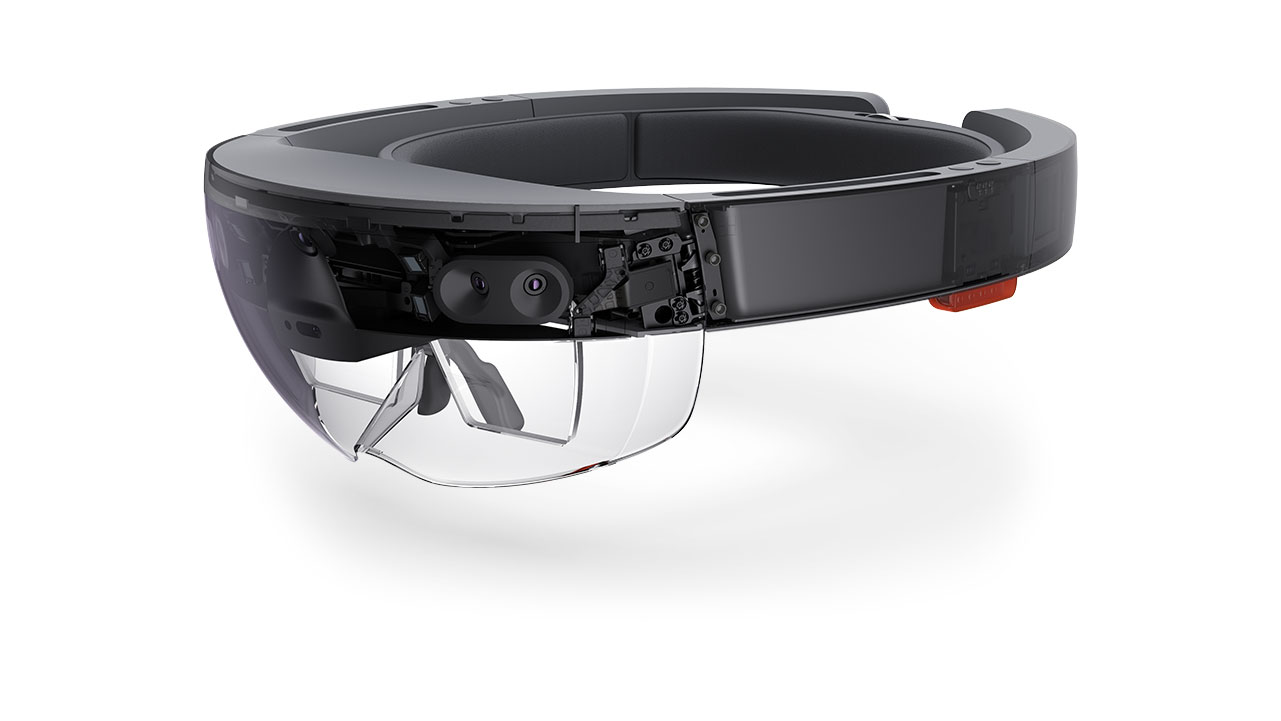Virtual Reality, Augmented Reality, 360° video: how can these enliven the classroom? Explore our resources here, and suggest new ones.

The VR lab currently includes the following VR devices for you to test out on site:
Stop by and get some basic instruction from our graduate assistants or instructional technologists, and climb aboard!
Virtual Reality is the use of software and devices to simulate a 'real world' environment in which the user feels completely immersed. Often, this includes not just sight, but sound and gestures.
Examples include: Oculus Rift, HTC Vive, Leap Motion and Google Cardboard.



Augmented Reality, a mix of real world surroundings and digitally added features, is a similar concept that has become more popular as technology improves.
Examples of augmented reality include: Microsoft Hololens, the Pokemon Go! app, and the Fetch app for the Structure Sensor (available at the Tech Desk).

360-degree videos, also known as immersive videos or spherical videos, are video recordings where a view in every direction is recorded at the same time, shot using an omnidirectional camera or a collection of cameras. During playback the viewer has control of the viewing direction like a panorama. 360-degree video is typically recorded using either a special rig of multiple cameras, or using a dedicated camera that contains multiple camera lenses embedded into the device. The resulting footage is then stitched to form a single video. Most 360-degree video is monoscopic (2D), meaning that it is viewed as a one (360x180 equirectangular) image directed to both eyes. Stereoscopic video (3D) is viewed as two distinct (360x180 equirectangular) images directed individually to each eye. (Wikipedia).
Eric Tornoe, Associate Director, Research Computing
ejtornoe@stthomas.edu
651-962-6217

Some of the content on this guide has been adapted, with permission, from: